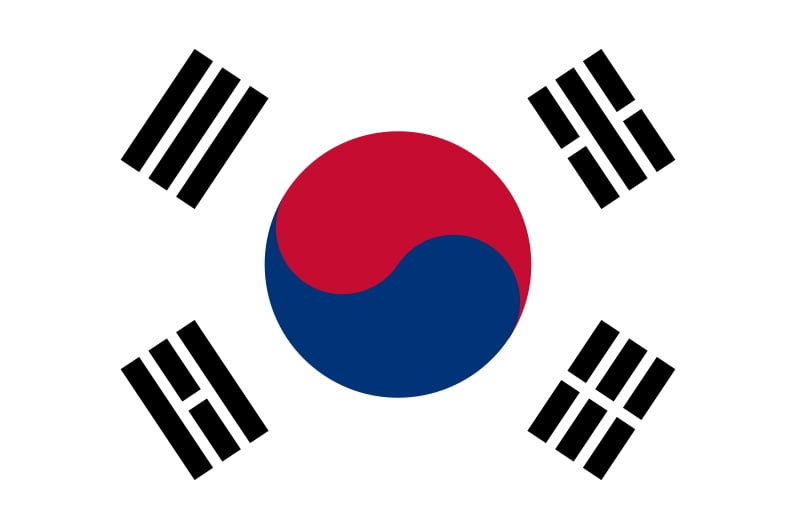History of
Tae Kwon Do

Taekwondo, an ancient martial art with a history spanning thousands of years, holds different meanings for different people. Some view it as a fascinating aspect showcased in movies, while others find it to be an enjoyable physical activity and leisure pursuit. However, for a dedicated few, Taekwondo becomes a way of life, and they are known as martial artists. These individuals wake up each day planning their training sessions, practice kicks even within their homes, and are constantly driven to expand their knowledge. Yet, it’s essential for young martial artists to explore the origins and fundamentals of this discipline in order to nurture its growth and widespread influence.
The origins of Taekwondo can be traced back to the time when Korea was divided into three kingdoms: Silla in Kyongju, Koguryo in the Yalu River valley, and Paekche in the southern peninsula. The earliest records of Taek Kyon, the precursor to modern-day Taekwondo, can be found in Koguryo around 18 B.C. However, it was the Hwarang warriors of Silla who played a significant role in propagating Taek Kyon throughout Korea. Initially used primarily as a sport, Taek Kyon shifted its focus to become a martial art known as Subak under the reign of King Chin Heung. Unfortunately, Subak’s popularity waned over time until 1904, when Japan occupied Korea and prohibited the practice of martial arts.
During Japan’s control of Korea, some Subak and Taek Kyon practitioners clandestinely continued their training, while others sought refuge in neighboring countries. It was only after the conclusion of World War II that practitioners were able to train publicly and establish schools. Many of these schools, influenced by diverse cultures, adopted various names such as Sang Moo, Chung Do, Ji Do, Chi Do, and others.
In 1955, nine schools or Kwan’s came together to merge their styles, forming Tang Soo Do. It wasn’t until 1957, when General Choi persuaded the schools to adopt the name Taekwondo, that significant changes took place. The nine Kwan’s formed The Korean Taekwondo Association, which later played a crucial role in the establishment of the World Taekwondo Federation. The K.T.A commenced sending masters abroad to perform Taekwondo demonstrations in 1960, leading to the opening of numerous schools in various countries. However, some nations, including South Korea, initially displayed resistance. In 1963, Master Duk Sung Son traveled to New York City and established the World Taekwondo Association, marking the beginning of Taekwondo’s dissemination across the United States. Taekwondo first made an appearance as a demonstration sport in the 1988 Olympic Games in Seoul, Korea, and eventually became an official competitive sport in the 2004 Olympic Games in Sydney, Australia.
Taekwondo’s evolution from a fragmented martial art in Korea to a globally recognized sport is remarkable. General Choi, often hailed as the father of modern Taekwondo, is widely acknowledged for his instrumental role in spreading Taekwondo worldwide. Without the dedication and efforts of individuals like General Choi and Master Chan Anouthia, who established Chan’s Martial Arts in Holland and introduced martial arts to America, the art would not have flourished, impacting countless lives along the way.
